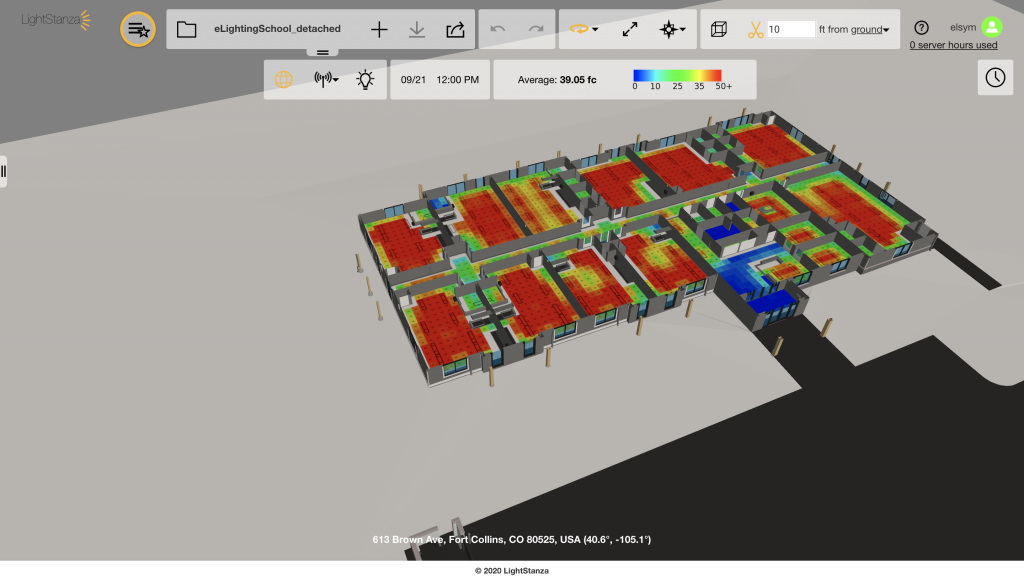

Laptops use an active matrix power system that holds the color values of each pixel until it is updated by new pixel information. This will ensure that your digital screen is well balanced in your image. Instead of adjusting your exposure for the brightness of your computer screen, expose for the environment around the computer and adjust the screen brightness as needed. This may work for a couple of shots, but you should avoid doing this for more than a few shots in your film or video.īy default, TVs and computer screens are very bright when compared to the ambient lighting found on set. If you’re still seeing a flicker in your monitor, you can try slowing down your frame rate. This will get rid of flickering or rolling shutter in most circumstances, but it isn’t ideal. However, if you’re already on set, try turning down your shutter speed. If you realize that your computer monitor won’t work for your given shooting scenario, the best thing to do is simply test out another one to see if it works well for you. Cheaper monitors tend to have slower refresh rates that can produce a flickering screen if you’re shooting at a fast shutter speed. Other factors like rolling shutter and frame rate can also lead to screen blinking or awkward rolling bars.

Test Your Monitor Firstīefore you show up on set, you need to test the monitor you’ll be using. Let’s take a look at a few of the best practices for putting screens on camera. Because of the way cameras work, you have to consider a few things before and while shooting a video monitor or TV screen. If you’ve every tried to shoot a TV or computer monitor, then you know that it’s much more complicated than simply pointing a camera at the screen. Follow these five helpful tips to capture the best possible footage when shooting digital screens.


 0 kommentar(er)
0 kommentar(er)
